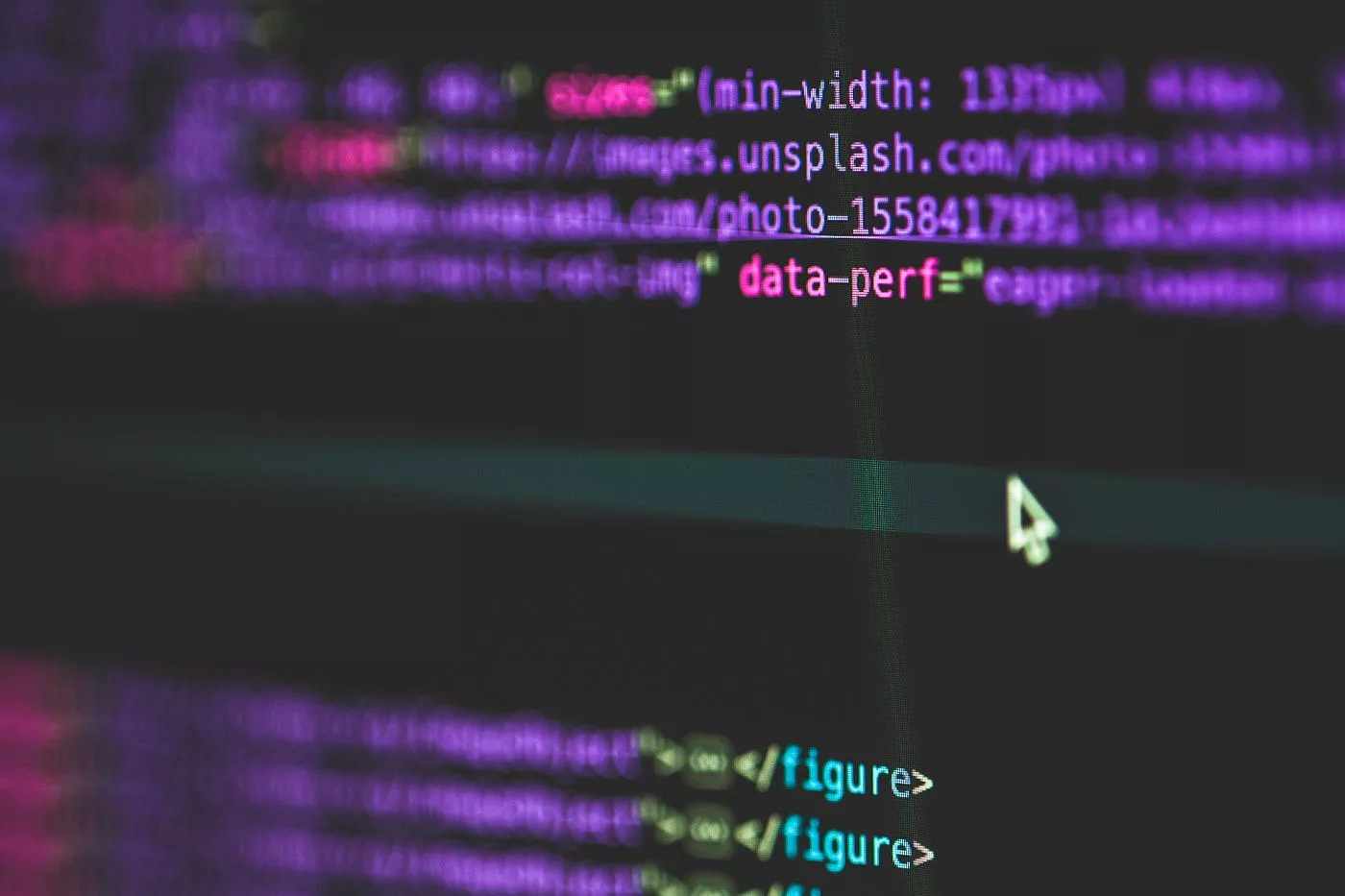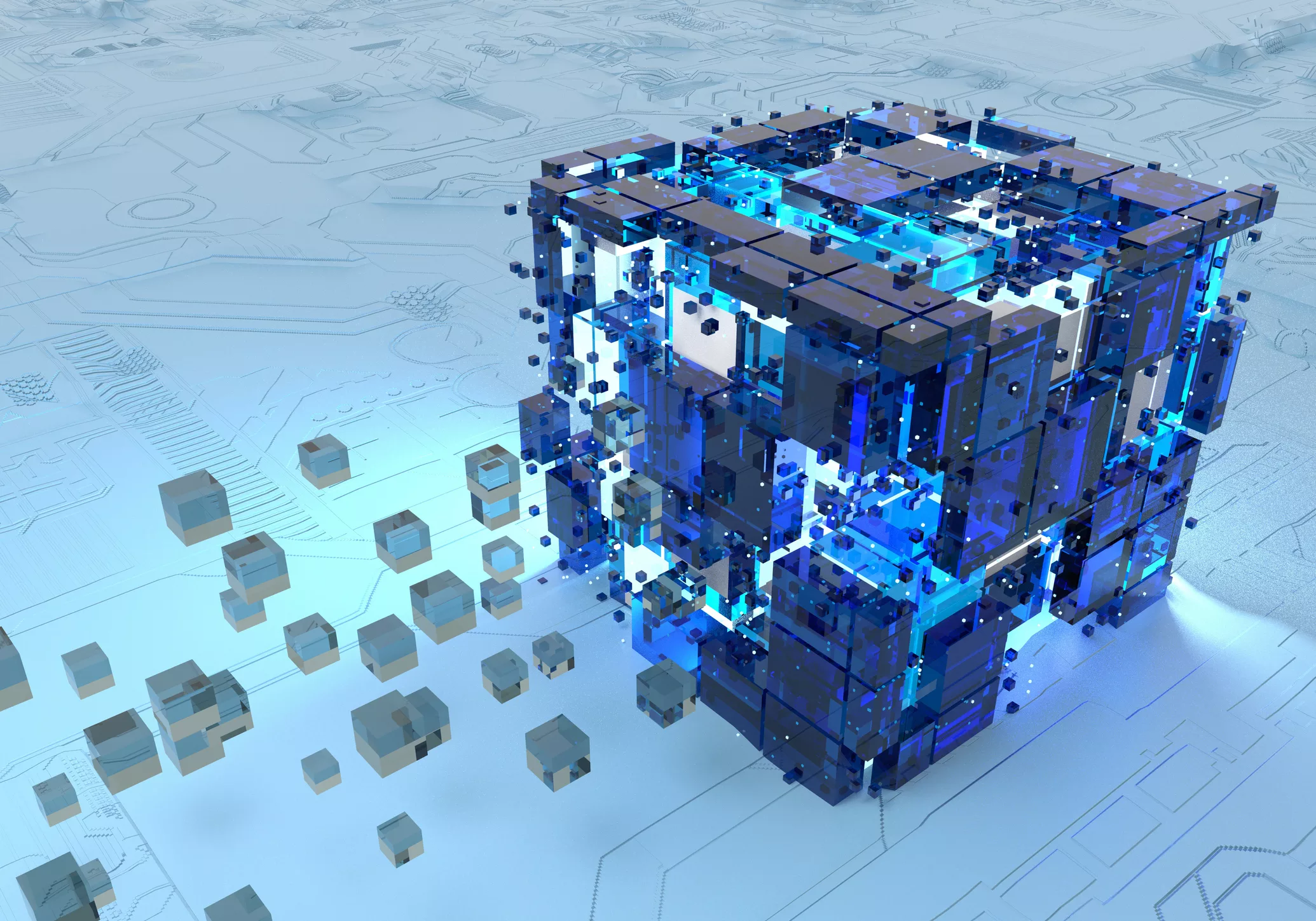Welcome to the era of real-time data applications! In today’s fast-paced world, staying ahead of the curve means having access to instant insights and actionable information. And that’s where Google Cloud Platform (GCP) comes into play. With its powerful suite of tools and services, GCP empowers developers to build robust real-time data applications that can revolutionize businesses across industries.
Whether you’re a seasoned developer or just dipping your toes into the world of data applications, this blog post will guide you through the process of building real-time data applications with GCP. From understanding different types of data applications to exploring practical examples, we’ve got you covered. So, let’s dive right in and unlock the potential of real-time data together!
What are the different types of data applications?
Data applications come in various forms, each serving a unique purpose and catering to specific needs. One common type of data application is real-time analytics, which allows businesses to gain instant insights from streaming data sources. By leveraging GCP’s tools like Cloud Dataflow and BigQuery, organizations can process and analyze large volumes of data in real time, enabling them to make informed decisions on the fly.
Another type of data application is predictive modeling. With machine learning algorithms and GCP’s AI capabilities, developers can build models that predict future outcomes based on historical data. These predictions can be invaluable for optimizing business processes, forecasting demand, or identifying potential risks.
Data visualization applications are also gaining popularity as they enable users to explore complex datasets through intuitive visual representations. With tools like Google Data Studio and BigQuery Geo Viz, developers can create interactive dashboards and maps that allow stakeholders to understand trends and patterns at a glance.
Real-time monitoring applications provide continuous updates on system performance or user behavior. By utilizing GCP services such as Stackdriver Monitoring or Firebase Analytics, developers can track metrics in real time and receive alerts when anomalies occur.
There are recommendation systems that leverage user behavior data to suggest personalized content or products. For example, an e-commerce website using Google Cloud Machine Learning Engine could recommend products based on past purchases or browsing history.
In conclusion (as per your instructions), understanding the different types of data applications is crucial when it comes to building successful solutions with GCP. Each type has its own set of requirements and challenges but with the right combination of tools offered by GCP’s robust ecosystem, developers can unlock the true power of real-time data analysis across industries.
How can you build real-time data applications with GCP?
Real-time data applications have become increasingly important in today’s fast-paced world. With Google Cloud Platform (GCP), building these applications has never been easier. GCP offers a range of tools and services that enable developers to process, analyze, and visualize real-time data in a seamless manner.
One key component of building real-time data applications with GCP is the use of Pub/Sub. This messaging service allows for the efficient and reliable exchange of messages between different components of your application. By decoupling the sender and receiver, Pub/Sub ensures that your application can handle high volumes of incoming data without sacrificing performance.
Another essential tool offered by GCP is Dataflow. This service enables you to build streaming pipelines that can process large amounts of real-time data in a scalable way. With Dataflow, you can transform, enrich, and aggregate your streaming data before storing it or sending it to other systems for further analysis.
To store and manage your real-time data, GCP provides BigQuery – a fully managed serverless data warehouse solution. BigQuery allows you to run ad-hoc queries on massive datasets at lightning-fast speeds, making it ideal for analyzing real-time information.
In addition to these core tools, there are several other complementary services within GCP ecosystem that can enhance your real-time data applications. For example, Cloud Functions allow you to execute code in response to events triggered by changes in your system or incoming messages from Pub/Sub.
GCP provides a robust set of tools and services that empower developers to build highly performant and scalable real-time data applications. Whether you’re processing streams of sensor readings or analyzing social media trends as they happen – with GCP as your foundation – the possibilities are endless!
What are some example applications of real-time data?
Real-time data applications have numerous use cases across various industries. One example is in the field of transportation and logistics. With real-time data, companies can track their vehicles, monitor traffic conditions, and optimize routes to ensure efficient deliveries.
In the healthcare sector, real-time data plays a crucial role in patient monitoring. Medical devices can collect vital signs such as heart rate and blood pressure in real time. It will allow healthcare professionals to quickly respond to any abnormalities or emergencies.
Another application of real-time data is in the financial industry. Stock trading platforms heavily rely on up-to-the-second market information to make split-second decisions. Real-time data enables traders to execute trades at lightning speed based on current market trends.
In the retail sector, real-time data helps businesses personalize customer experiences. By analyzing shoppers’ browsing behavior and purchase history in real time, retailers can offer personalized recommendations and targeted promotions tailored to individual preferences.
Real-time data also has significant implications for smart cities initiatives. For instance, sensors placed throughout a city can collect information about air quality levels or parking space availability in real time. This allows city officials to take immediate action and make informed decisions regarding urban planning and resource allocation.
These examples demonstrate just a few of the many ways that organizations are leveraging GCP’s capabilities. They are using it to build innovative real-time data applications across industries.
Conclusion
Building real-time data applications with GCP opens up a world of possibilities for businesses and developers. With the power of Google’s cloud infrastructure, you can harness real-time data streams to create innovative and efficient solutions.
Whether it’s monitoring user behavior on your website, analyzing sensor data from IoT devices, or processing financial transactions in real-time, GCP provides the tools and services needed to build robust and scalable applications.
By leveraging services like Cloud Pub/Sub for messaging and event-driven architectures, Cloud Dataflow for stream processing, and BigQuery for analytics, you can easily process large volumes of data in real-time. GCP also offers powerful machine learning capabilities through products like Cloud ML Engine. It allows you to extract valuable insights from your streaming data.
The benefits of building real-time data applications are numerous. Real-time analytics enable businesses to make informed decisions quickly based on current information. This can lead to improved customer experiences, increased operational efficiency, and better overall business performance.
In addition to these advantages, GCP provides a secure and reliable platform with global scalability. With built-in redundancy across multiple regions worldwide, your real-time applications will be highly available even during peak traffic periods or unexpected failures.
So, whether you’re a startup looking to gain a competitive edge or an established enterprise wanting to optimize operations further, consider building your next application using GCP’s powerful suite of tools for handling real-time data.
Start exploring the possibilities today by diving into the comprehensive documentation provided by Google Cloud Platform. Take advantage of its vast ecosystem of services designed specifically for building scalable and reliable real-time applications. These are the things that drive innovation in today’s digital landscape.





